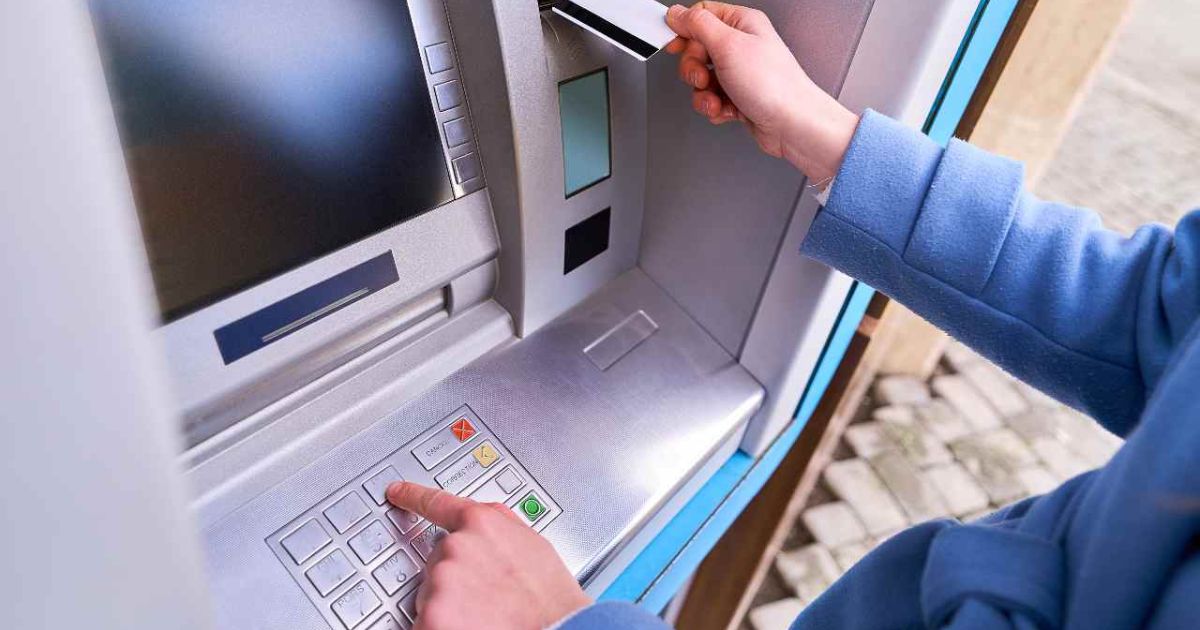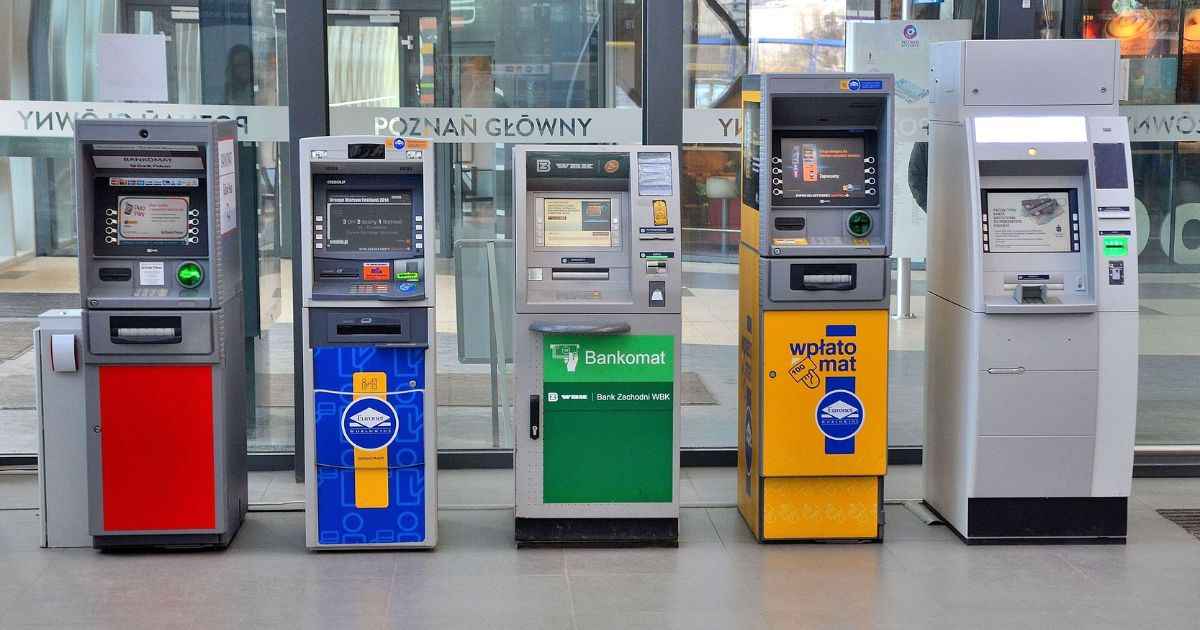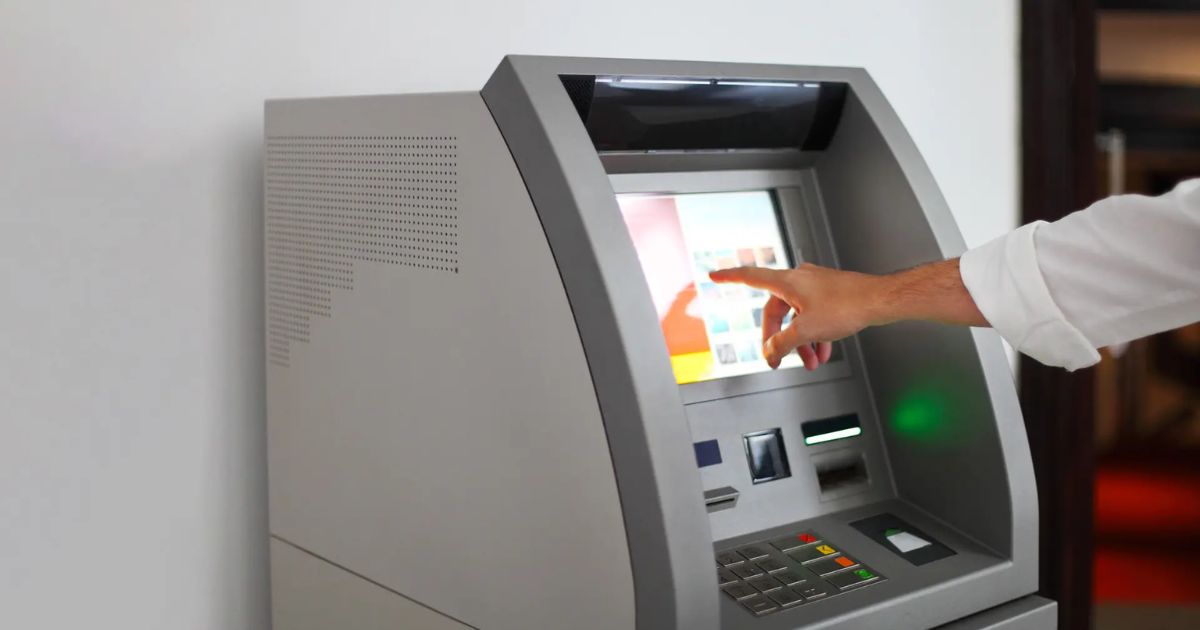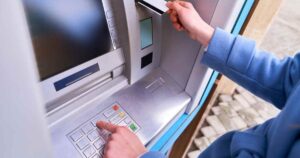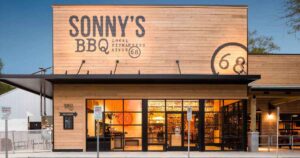In today’s digital age, ATM machine routes have become a popular avenue for entrepreneurs looking to invest in a profitable business. If you’re considering buying or selling an ATM business route, you’ve come to the right place! This comprehensive guide will provide you with all the information you need to know about ATM machine routes for sale in the USA.
What is an ATM Machine Route?
An ATM machine route refers to a collection of ATM machines strategically placed at various locations. These locations can include hotels, bars, retail stores, and other high-traffic areas. As the owner of an ATM machine route, you earn revenue through transaction fees charged to customers who withdraw cash from the machines.
Benefits of Buying an ATM Machine Route
Investing in an ATM machine route offers several potential benefits. Here are some reasons why buying an ATM machine route can be a lucrative business opportunity:
- Passive Income: Once you’ve set up your ATM machines at different locations, they generate passive income around the clock. You earn transaction fees on every cash withdrawal, even when you’re not physically present at the ATM site.
- Scalability: The beauty of an ATM machine route is that you can easily expand your business by adding more machines to your existing route. This allows you to increase your revenue and grow your business over time.
- High Profit Margins: ATM machines have high-profit margins, with transaction fees ranging from $2 to $4 per withdrawal. With a well-placed machine and a steady stream of customers, you can quickly recoup your initial investment and start making substantial profits.
- Flexibility: Running an ATM machine route allows for flexible working hours. You can manage your business on your own terms and schedule, giving you the freedom to pursue other ventures or spend quality time with your family.
- Minimal Overhead Costs: Compared to other businesses, an ATM machine route has relatively low overhead costs. Once you’ve purchased the machines and secured their locations, your main expenses will be cash replenishment and maintenance.
Finding ATM Machine Routes for Sale
Now that you understand the benefits of owning an ATM machine route, you may be wondering how to find ATM machine routes for sale in the USA. Here are some avenues to explore:
Online Listings
One of the most convenient ways to find ATM machine routes for sale is through online listings. Websites like BizBuySell and ATMBizCenter.org offer comprehensive listings of ATM routes available for purchase. These platforms provide detailed information about the routes, including the number of machines, locations, and financial performance.
Networking
Networking within the ATM industry can also be a valuable resource for finding ATM machine routes for sale. Attend industry conferences, join trade associations, and connect with other ATM business owners. By building relationships with industry professionals, you may come across opportunities to purchase established routes or learn about upcoming routes that will be available for sale.
Business Brokers
Working with a business broker who specializes in ATM machine routes can be a smart move. These professionals have expertise in connecting buyers and sellers, and they can help facilitate the buying process by providing guidance, performing due diligence, and negotiating the terms of the sale.
Factors to Consider When Buying an ATM Machine Route
Before finalizing a purchase, it’s crucial to consider several factors that can impact the success of your ATM machine route. Here are some key considerations:
- Location: The location of your ATM machines plays a significant role in determining their profitability. Look for high-traffic areas with a steady stream of potential customers, such as shopping malls, hotels, and entertainment venues.
- Machine Quality: Ensure that the ATM machines included in the route are in good working condition and meet industry standards. Consider the age of the machines, their maintenance history, and any necessary upgrades or repairs.
- Contracts and Agreements: Review the existing contracts and agreements associated with the ATM route. Determine the length of the contracts, any exclusivity clauses, and the terms and conditions of the agreements.
- Financial Performance: Request financial records and transaction data for the ATM route to assess its profitability. Look for consistent cash flow, high transaction volumes, and a healthy return on investment.
- Expansion Potential: Consider the potential for expanding the ATM route in the future. Evaluate whether there are additional locations nearby that could benefit from an ATM machine and contribute to your route’s growth.
- Support and Training: If you’re new to the ATM business, inquire about any training or support offered by the seller. Understanding the operational aspects of running an ATM route will be crucial to your success.
Valuation and Pricing
Determining the value of an ATM machine route can be challenging, as it depends on various factors such as the number of machines, location quality, and financial performance. When evaluating a route, consider the following:
- Cash Flow: Assess the route’s cash flow by examining its historical financial records and transaction volumes. This information will help you determine the potential return on investment.
- Comparable Sales: Research recent sales of similar ATM routes in the same geographic area. This will give you an idea of the market value and pricing trends.
- Future Growth Potential: Consider the potential for growth and expansion of the ATM route. Routes with additional locations nearby or untapped markets may have higher value.
- Equipment Condition: Evaluate the condition of the ATM machines included in the route. Well-maintained machines with modern features and compliance with industry standards may command a higher price.
Once you have considered these factors, you can negotiate a fair price with the seller based on the route’s value and your budget.
Financing Options
If you don’t have the full amount to purchase an ATM machine route upfront, there are several financing options available:
- Traditional Bank Loans: Approach banks or financial institutions to inquire about business loans specifically designed for purchasing ATM routes. Be prepared to provide a solid business plan, financial projections, and collateral.
- Seller Financing: Some sellers may be willing to finance a portion of the purchase price. In this arrangement, you can make a down payment and pay off the remaining balance over an agreed-upon period.
- Private Investors: Explore the option of partnering with private investors who are interested in the ATM industry. They may be willing to provide the necessary funds in exchange for a share of the profits.
- Equipment Leasing: Instead of purchasing the ATM machines outright, consider leasing them from a vendor. This option allows you to conserve capital and make monthly payments for the equipment.
When exploring financing options, compare interest rates, repayment terms, and eligibility requirements to find the best fit for your financial situation.
Legal and Regulatory Considerations
Operating an ATM machine route involves compliance with various legal and regulatory requirements. Here are some key considerations:
- Licensing: Research the licensing requirements for operating an ATM business in your state or locality. Some jurisdictions may require specific licenses or permits to operate ATM machines.
- Compliance: Ensure that your ATM machines are compliant with industry standards and regulations. This includes adhering to security protocols, accessibility requirements, and data protection regulations.
- Contracts and Agreements: Seek legal advice when reviewing contracts and agreements associated with the ATM route. A lawyer can help you understand the terms, negotiate favorable terms, and ensure compliance with legal obligations.
- Insurance: Consider obtaining insurance coverage for your ATM machines and business operations. This may include general liability insurance, equipment insurance, and professional liability insurance.
Consulting with legal professionals experienced in the ATM industry will help you navigate the legal landscape and ensure compliance with all applicable laws and regulations.
Managing and Growing Your ATM Machine Route
Once you’ve acquired an ATM machine route, it’s essential to effectively manage and grow your business. Here are some strategies to consider:
- Regular Maintenance: Implement a maintenance schedule to ensure that your machines are always in good working condition. Regularly check for software updates, perform cash replenishment, and address any technical issues promptly.
- Customer Service: Provide excellent customer service to both the location owners and ATM users. Respond promptly to any inquiries or concerns, and ensure that your machines are well-stocked with cash.
- Marketing and Promotion: Explore marketing strategies to attract more customers to your ATM machines. Consider offering incentives, such as fee discounts or rewards, to encourage frequent usage.
- Expanding Your Route: As your business grows, consider expanding your ATM machine route by adding more machines to high-traffic locations. Continuously evaluate potential locations for profitability and negotiate favorable contracts.
- Stay Informed: Keep up with industry trends, technological advancements, and changes in regulations. Attend trade shows, join industry associations, and network with other ATM business owners to stay informed about the latest developments.
By implementing these strategies, you can maximize the profitability and success of your ATM machine route.
FAQ’s
How profitable is owning ATMs?
Profitability depends on factors like location, transaction fees, and operating costs. ATMs in high-traffic areas with competitive fees can be profitable, but it’s not guaranteed.
What is the future of ATMs?
ATMs will likely adapt to digital trends like mobile wallets and contactless payments, but they’ll still play a role in cash-reliant communities.
How much does it cost to start an ATM business?
The upfront investment can range from $10,000 to $50,000+ per ATM, depending on location, equipment, and chosen provider. Research carefully before investing.
Conclusion
Investing in an ATM machine route can be a lucrative business opportunity for aspiring entrepreneurs. With the potential for passive income, scalability, and minimal overhead costs, owning an ATM machine route offers several advantages. By carefully considering factors such as location, contracts, and financial performance, you can make an informed decision when purchasing an ATM machine route.
Remember to comply with legal and regulatory requirements, and explore financing options if needed. With effective management and strategic growth, your ATM machine route has the potential to generate substantial profits and provide a solid foundation for your entrepreneurial journey.
